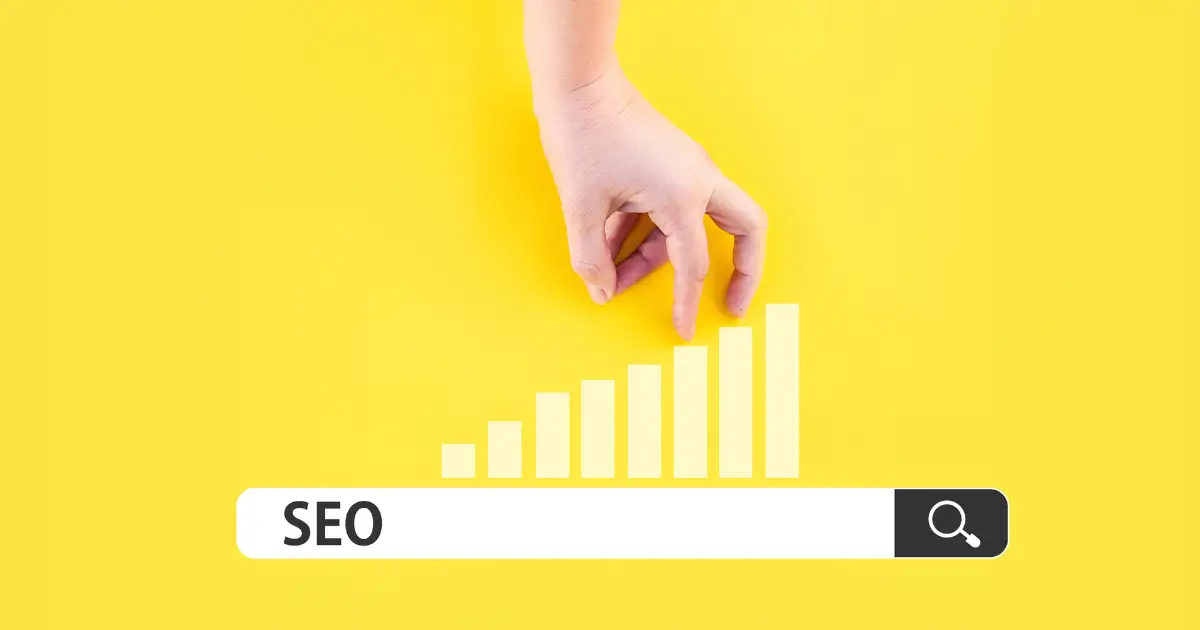


🔎 The Big Question in 2025 Links still matter. But not all links are created equal. As Google’s algorithms evolve alongside AI-enhanced SERPs and spam-detection updates like SpamBrain, the definition of a “high-quality link” is more specific—and more consequential—than ever. In 2025, SEO professionals are asking: What exactly does Google reward when it comes to […]
Links still matter. But not all links are created equal.
As Google’s algorithms evolve alongside AI-enhanced SERPs and spam-detection updates like SpamBrain, the definition of a “high-quality link” is more specific—and more consequential—than ever.
In 2025, SEO professionals are asking: What exactly does Google reward when it comes to backlinks? And how can we build those links in a way that drives rankings and stands the test of time?
This article breaks it all down—criteria, cases, caveats, and how-to’s—backed by fresh data, expert insights, and actionable advice.
Google has confirmed repeatedly that backlinks remain a core part of its ranking system, even as signals evolve.
According to Backlinko’s March 2025 link strategy report:
Top-ranking pages on Google have, on average, 3.8× more backlinks than pages ranked 11–30.
96% of top 10 pages have links from more than 1,000 unique referring domains.
The type of link (editorial vs. sidebar vs. footer) correlates strongly with impact.
But it’s not just about how many—it’s about which ones.
Based on a synthesis of insights from Marketing Illumination, BuzzStream, Search Console data, and recent expert commentary, here’s what matters most today:
Google looks for contextual alignment between the linking site and the linked content. A link from a travel blog to a plumbing guide? Not so useful.
“Relevance is the new PageRank,” notes SEO consultant Peter Mead.
While Domain Authority (DA) and Domain Rating (DR) are third-party metrics, they align closely with what Google prioritizes: domains that:
Generate organic traffic
Aren’t filled with spammy content
Appear frequently in editorial contexts
Links embedded in the main body of high-quality articles are far more valuable than those buried in:
Footers
Sidebars
Author bios
Comment sections
This is supported by Google’s long-standing preference for editorial context.
In 2025, Google is aggressive about filtering out manipulative or paid link schemes. Links that are earned—via PR, thought leadership, interviews, or citations—carry the most weight.
“If you didn’t pay for it and someone linked to it because it’s genuinely helpful, that’s the link Google wants,” says Craig Campbell in a recent YouTube breakdown.
Mass acquisition of backlinks in a short time can trigger spam filters—especially if coming from unrelated or low-quality sources. Google expects a natural, steady pace of link growth.
Links that drive actual users—especially those with low bounce and high dwell time—are interpreted as positive relevance signals. It’s not just the link, it’s the click that matters.
Backlinko’s “Moving Man Method” and Skyscraper strategies—where content upgrades outperform outdated or underwhelming assets—have shown link acquisition of 10K+ referring domains from highly relevant pages over 12–18 months.
A SaaS cybersecurity startup published a whitepaper in Q1 2025 that was picked up by tech blogs, earning DR 70–85 links from 15 major media outlets, resulting in a +312% spike in organic traffic.
One e-commerce brand shared their experience on Reddit: after purchasing 100 guest post links from a low-quality vendor, their rankings dropped during the November 2024 core update. Most links were devalued, and the site was hit with a manual action.
Even cloaked or “private” networks are now easily detected by SpamBrain. Their link value is often zero—or worse.
Unless the directory is industry-specific and actively curated, it likely adds no value.
These placements have been largely discounted since Penguin—and remain ineffective in 2025.
Long-form guides
Data reports
Original surveys
Useful tools (e.g., calculators, templates)
“Links follow value. If you create something truly useful, links happen naturally,” says BuzzStream’s 2025 State of Link Building report.
Thought leadership still earns links—especially when paired with smart outreach. One digital PR campaign on Terkel earned a local law firm 7 DR70+ editorial links in 2 weeks.
According to Ahrefs, 66% of the web’s backlinks are broken. That’s 66% opportunity. Use tools to find dead links and pitch your similar resource.
These still work—if you bring original insights. Bonus: these links often come with follow-on brand mentions across social.
Use tools like Semrush or Ahrefs to check:
Domain traffic
Referring domain health
Anchor text usage
Spam score
| Factor | What to Look For |
|---|---|
| Relevance | Topic alignment between site & page |
| Authority | Organic traffic, trust, niche presence |
| Placement | Link in main content body |
| Editorial | Not paid, not user-generated |
| Natural Velocity | Steady link growth, not spikes |
| Traffic | Link drives real users |
| UX | Linking page isn’t ad-heavy or spammy |
In the age of AI search (SGE, Bing Copilot, ChatGPT Browse):
Citation signals still lean on backlinks to determine what’s authoritative.
AI models increasingly prioritize trusted sources, and links are one proxy for trust.
Expect more importance on entity-level trust and cross-channel mentions—where links are only one part of the authority equation.
High-quality links in 2025 aren’t just about PageRank. They’re about relevance, earned trust, and user value. If a link is:
From a relevant, trusted source
Placed naturally in engaging content
Not paid or gamed
And drives traffic or brand recognition…
…then it’s probably a link Google wants to reward.
Don’t chase links. Chase trust. The right links will follow.
